3D printing skin, bone, and even working organs could change transplant medicine and medical research — but how, exactly, does one “print” a heart or liver?
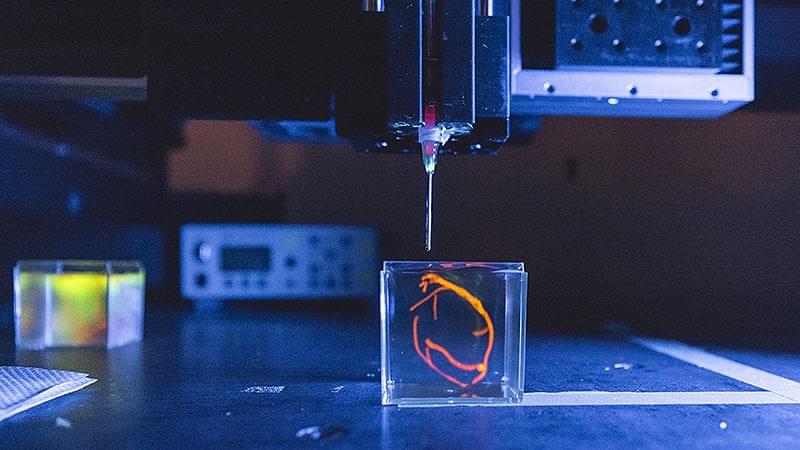


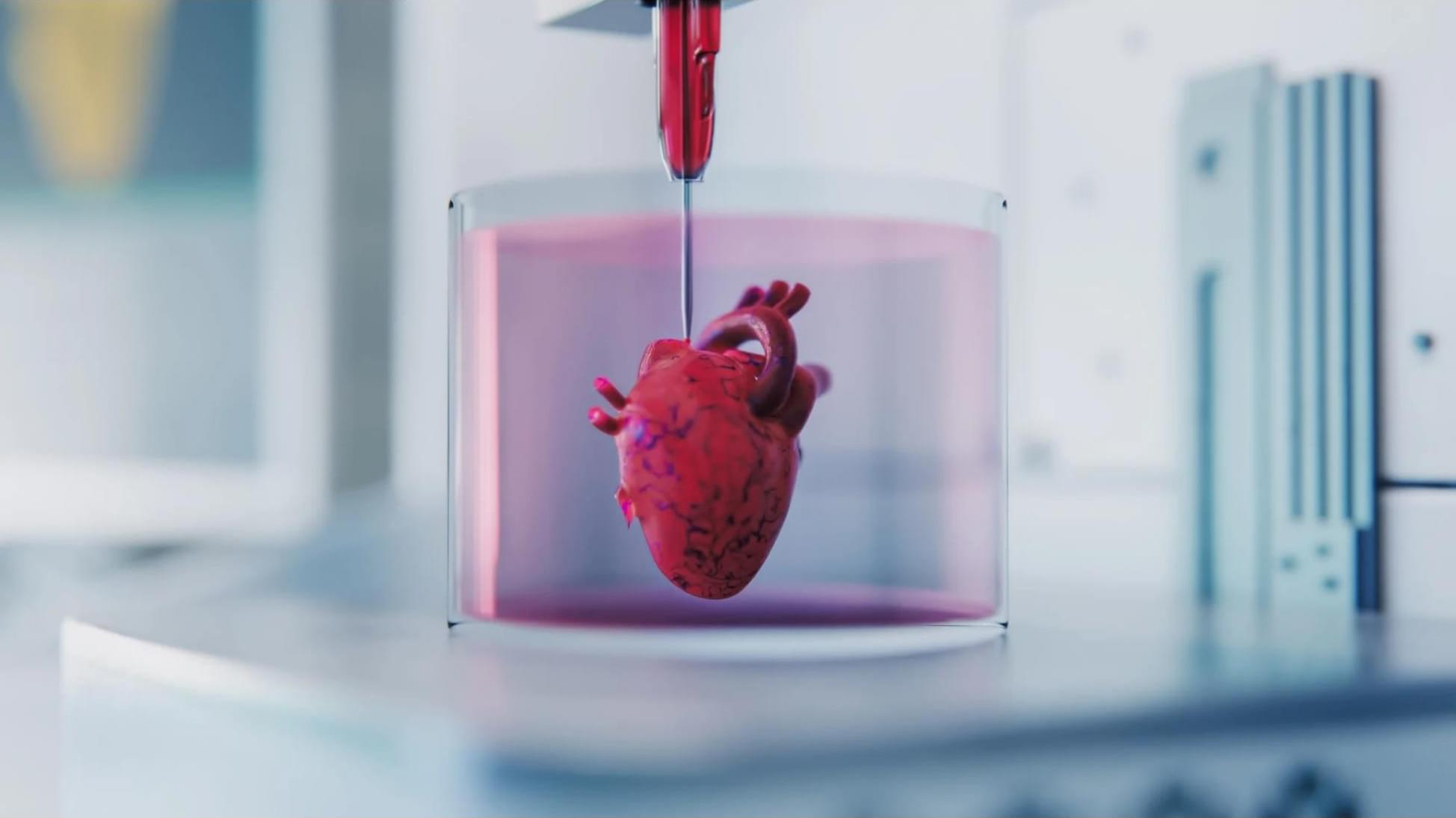

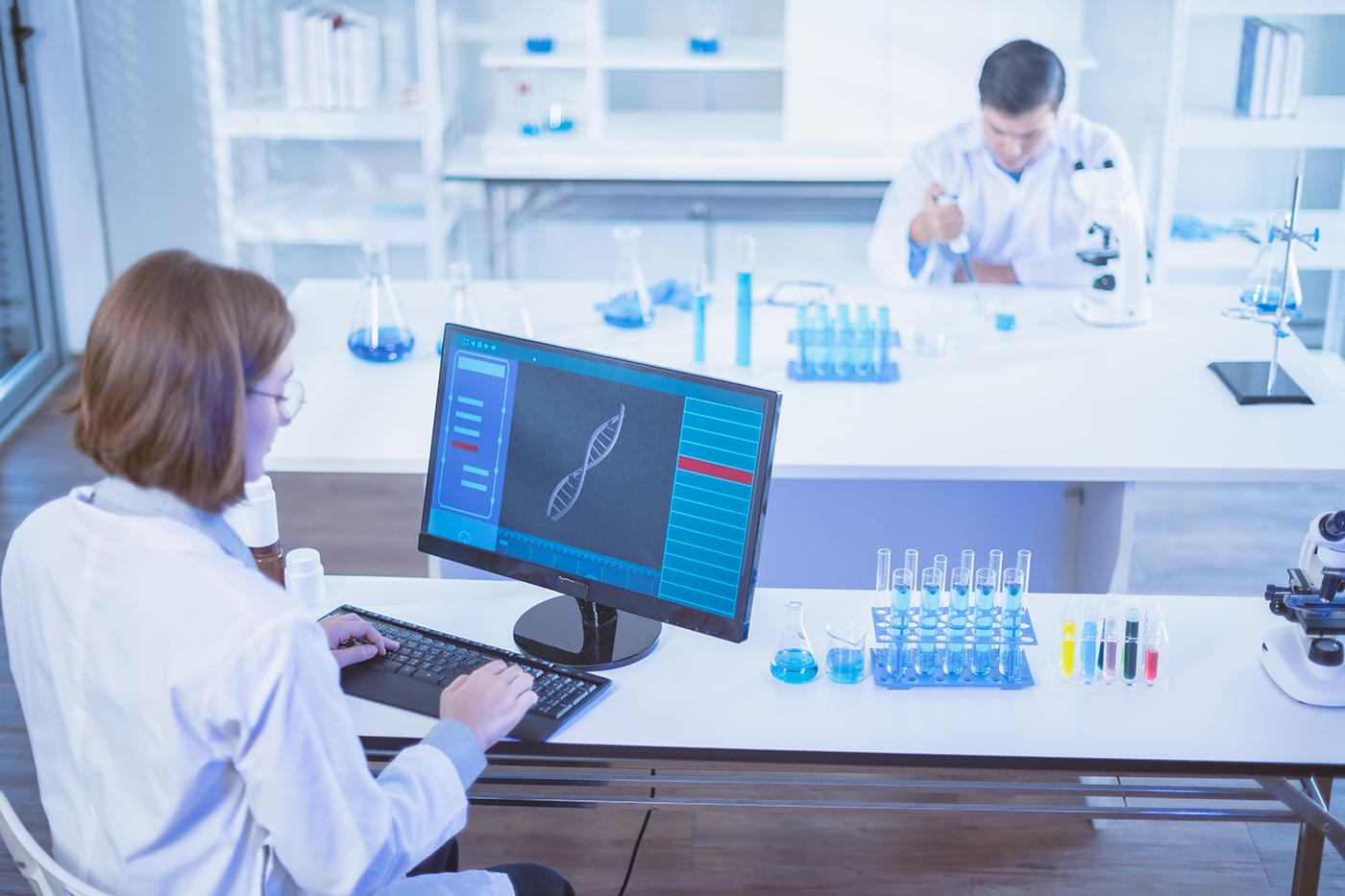
Researchers headed by a team at the California Institute of Technology developed an ultrasound-guided 3D printing technique that could make it possible to fabricate medical implants in vivo and deliver tailored therapies to tissues deep inside the body—all without invasive surgery. The researchers say the imaging-guided deep tissue in vivo sound printing (DISP) platform utilizes low-temperature–sensitive liposomes (LTSLs) as carriers for cross-linking agents, enabling precise, controlled in situ fabrication of biomaterials within deep tissues.
Reporting on their development in Science “Imaging-guided deep tissue in vivo sound printing”, first author Elham Davoodi, PhD, and senior, corresponding author Wei Gao, PhD, described proof of concept studies demonstrating in vivo printing within the bladders and muscles of mice, and rabbits, respectively. Gas vesicle (GV)–based ultrasound imaging integrated into the printing platform enabled real-time monitoring of the printing process and precise positioning. In their paper, the authors concluded, “DISP’s ability to print conductive, drug-loaded, cell-laden, and bioadhesive biomaterials demonstrates its versatility for diverse biomedical applications.”
Three-dimensional (3D) bioprinting technologies offer significant promise to modern medicine by enabling the creation of customized implants, intricate medical devices, and engineered tissues, tailored to individual patients, the authors wrote. “However, the implantation of these constructs often requires invasive surgeries, limiting their utility for minimally invasive treatments.”

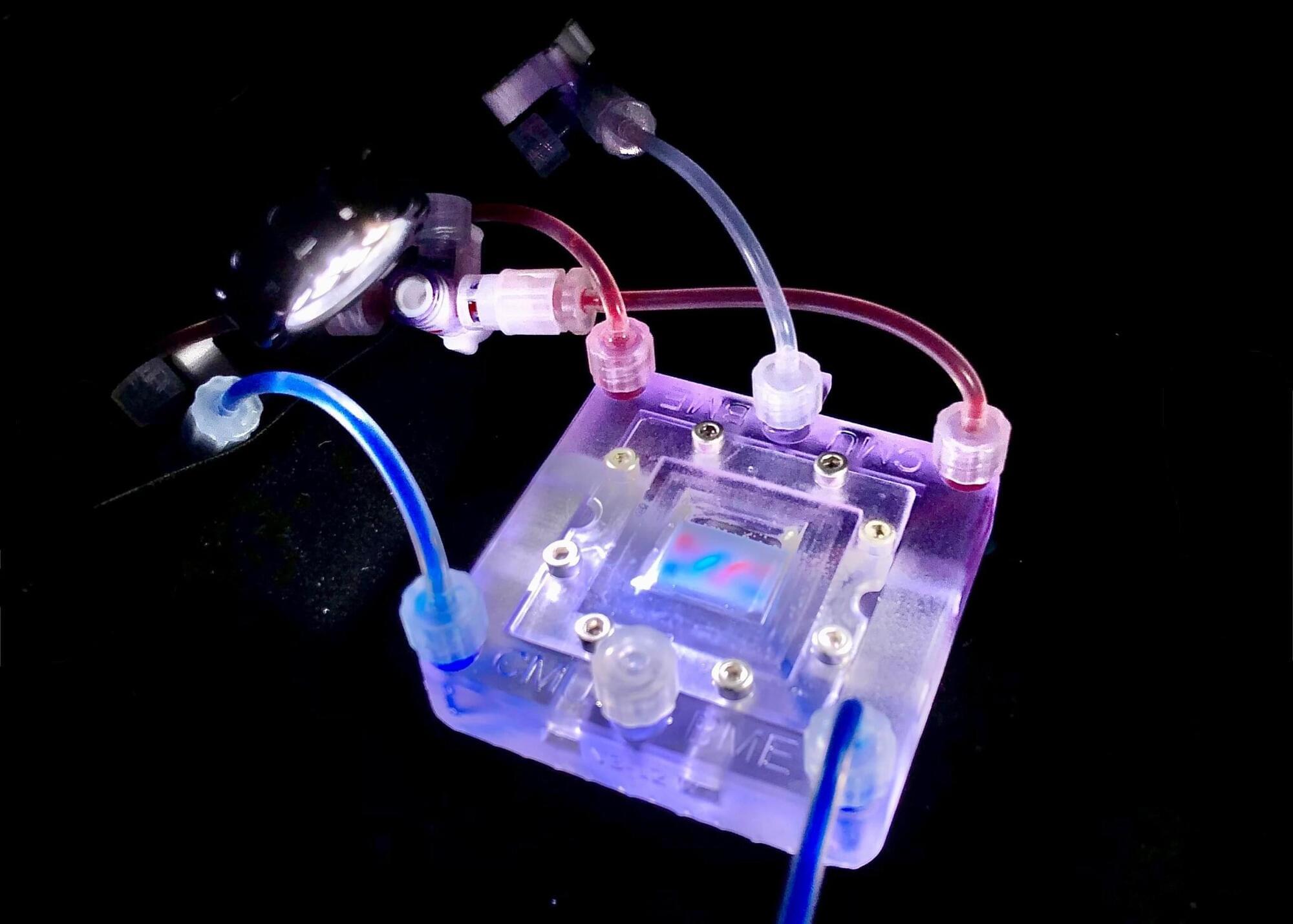
Researchers at the University of Pittsburgh have created a groundbreaking tissue engineering platform using 3D-printed collagen scaffolds called CHIPS.
By mimicking natural cellular environments, they enable cells to grow, interact, and form functional tissues — a major step beyond traditional silicone-based microfluidic models. The platform not only models diseases like diabetes but could also replace animal testing in the future. Plus, their designs are freely available to fuel broader scientific innovation.
3D bioprinting: turning science fiction into science reality.

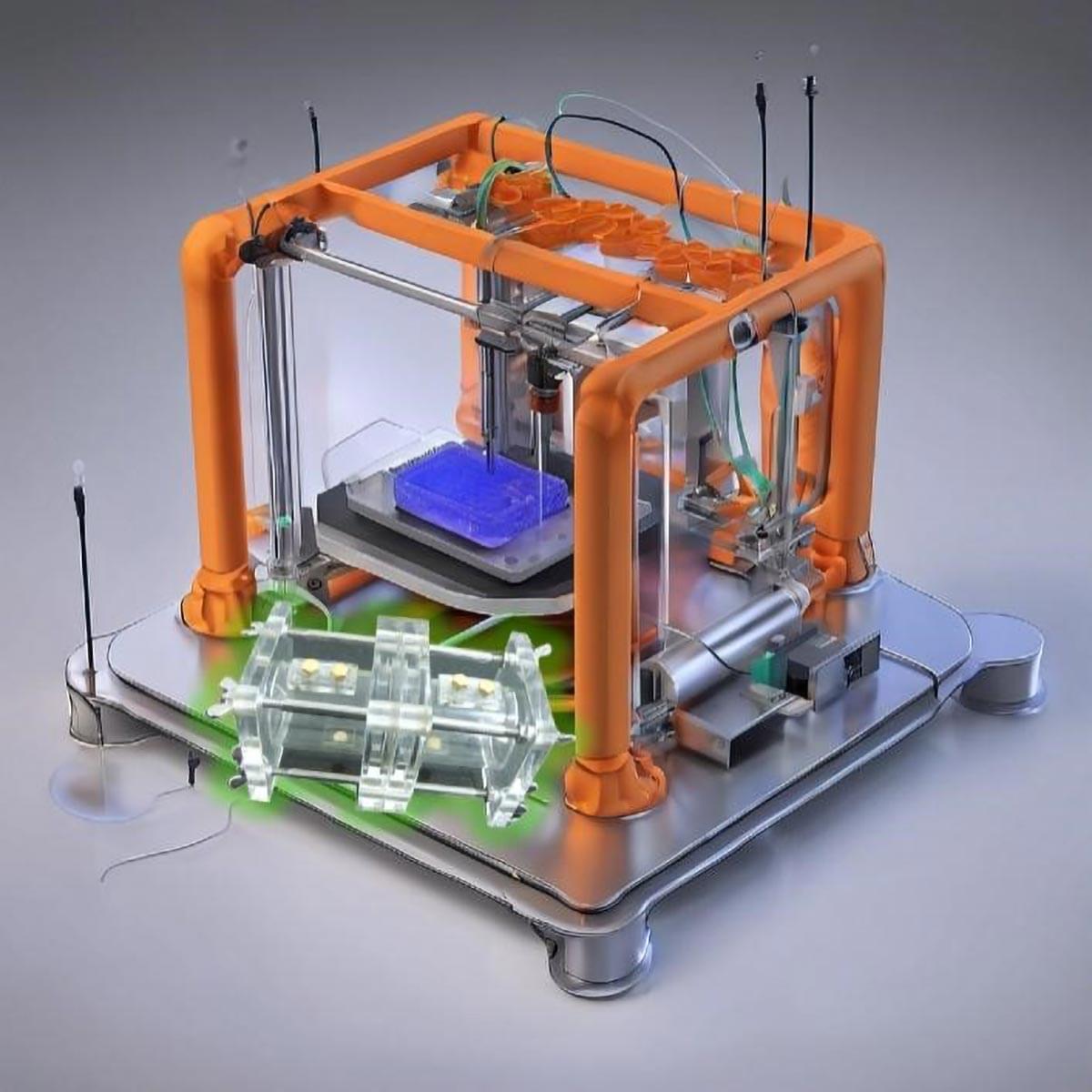
3D printing is revolutionizing microbial electrochemical systems (MES) by enabling precise reactor design, custom electrode fabrication, and enhanced bioprinting applications. These innovations optimize pollutant degradation and energy production, with significant implications for sustainability and environmental management.
Microbial electrochemical systems (MES) are emerging as a promising technology for addressing environmental challenges by leveraging microorganisms to transfer electrons. These systems can simultaneously degrade pollutants and generate electricity, making them valuable for sustainable wastewater treatment and energy production.
However, conventional methods for constructing MES components often lack design flexibility, limiting performance optimization. To overcome these limitations and enhance MES efficiency, innovative fabrication techniques are needed—ones that allow precise control over reactor structures and functions.
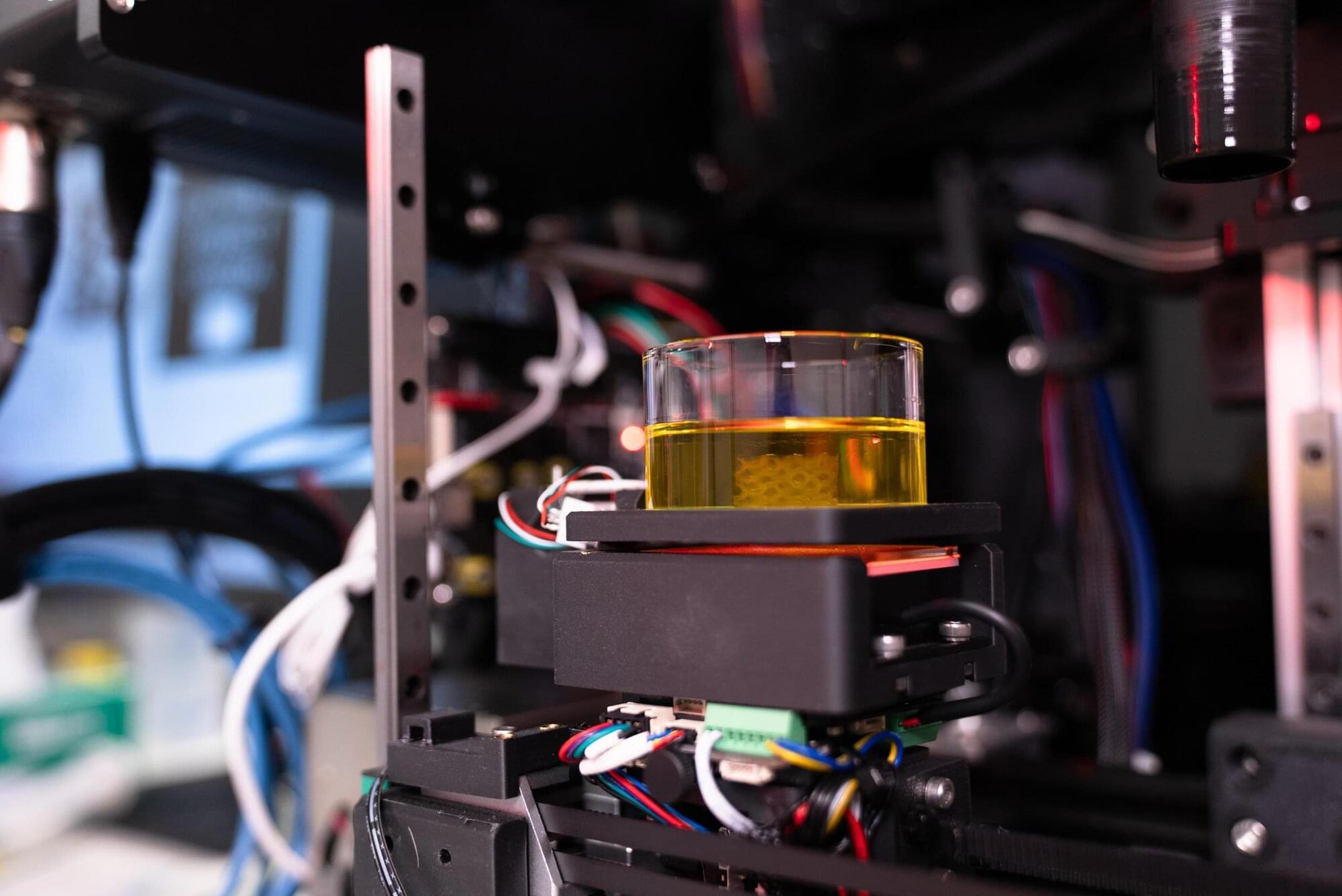
Biomedical engineers at the University of Melbourne have developed a 3D bioprinting system capable of creating structures that closely replicate various human tissues, ranging from soft brain tissue to more rigid materials like cartilage and bone.
This innovative technology provides cancer researchers with a powerful tool for replicating specific organs and tissues, enhancing their ability to predict drug responses and develop new treatments. By offering a more accurate and ethical approach to drug discovery, it also has the potential to reduce reliance on animal testing.
Head of the Collins BioMicrosystems Laboratory at the University of Melbourne, Associate Professor David Collins said: In addition to drastically improving print speed, our approach enables a degree of cell positioning within printed tissues. Incorrect cell positioning is a big reason most 3D bioprinters fail to produce structures that accurately represent human tissue.